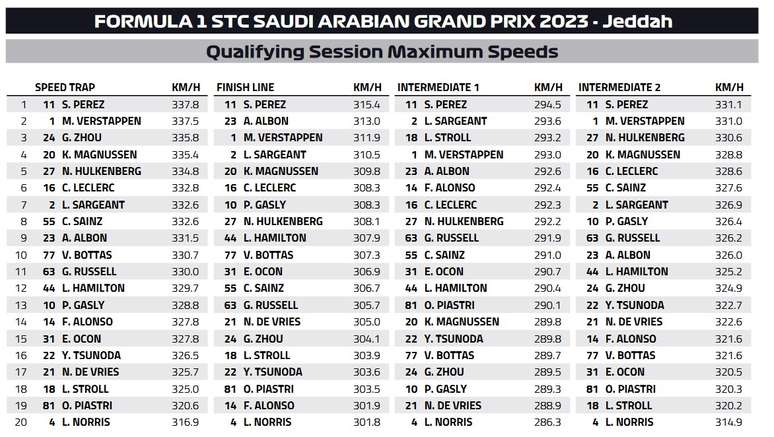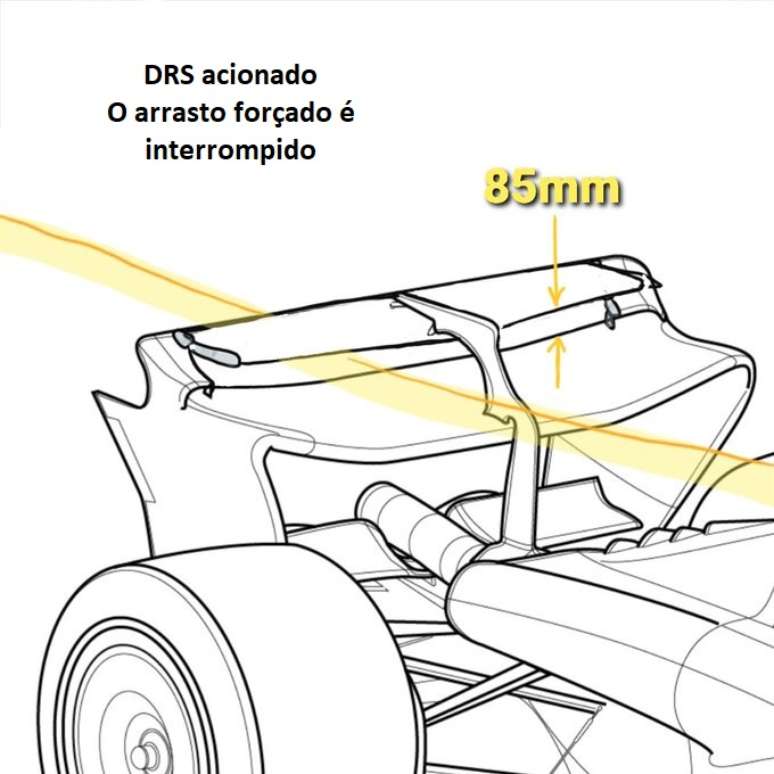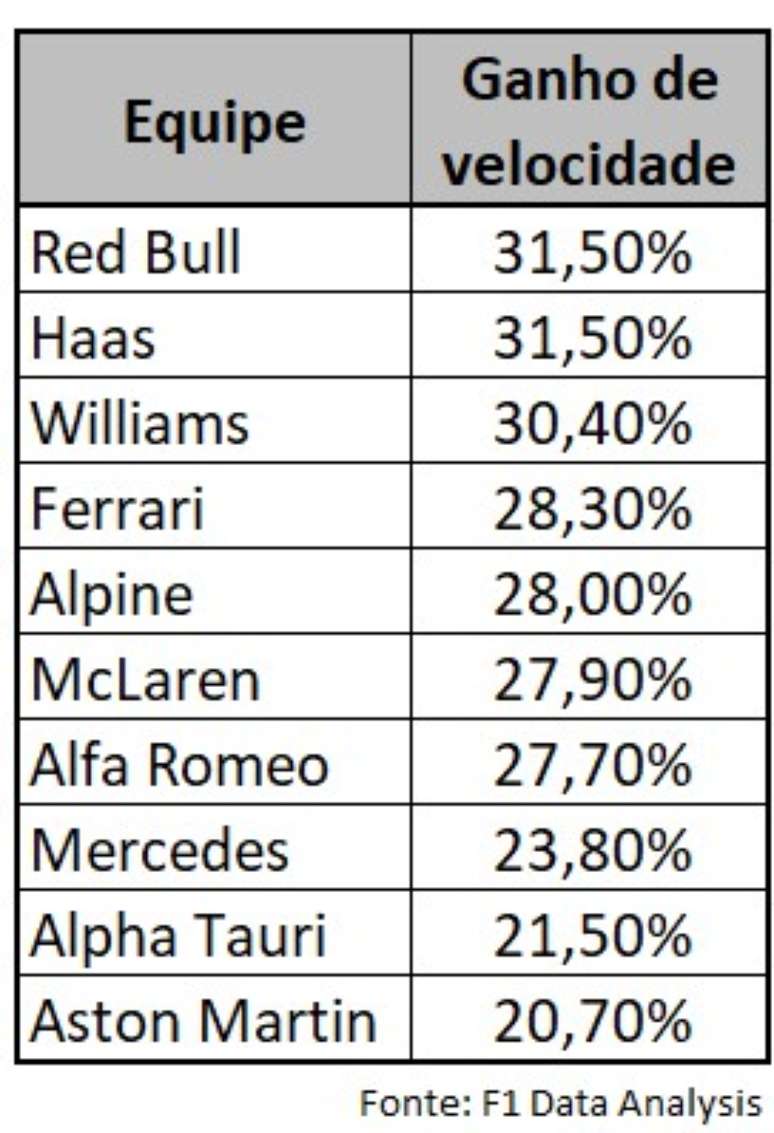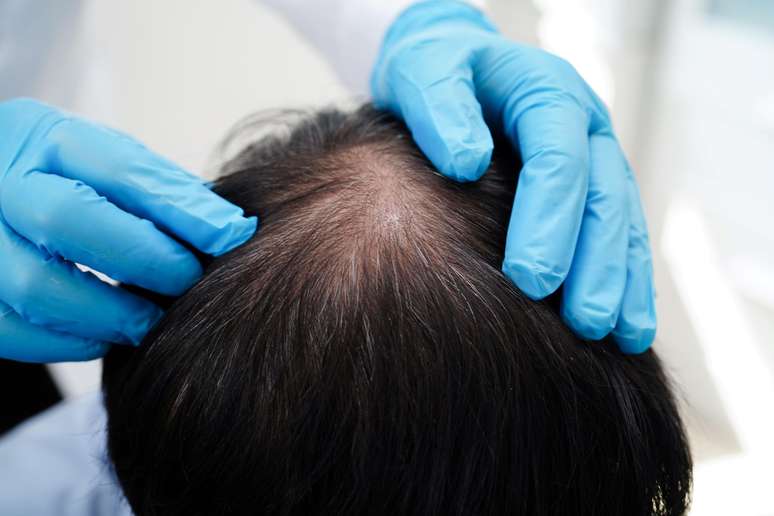In F1 it’s not enough to be fast, you have to pay attention to the details. And Red Bull worked hard on the RB19 to drive well from the start
Since testing, attention has been drawn to how extremely fast the RB19 is on the straight. Since last year, the engine made by Honda and operated by Red Bull Power Trains has already proven its worth. But the team coordinated by Adrian Newey and Pierre Wache went further…
The aerodynamic aspect has been given greater attention in addition to streamlining the car. Last year, Red Bull was said to have one of the heaviest cars on the grid. A great deal of weight loss work has been done throughout the year and for 2023 many of the lessons have been applied (and we talk about them here).
But one of the things that stood out was how easily Red Bulls outperformed their competitors using DRS. In Arabia, Lewis Hamilton also said he was impressed by Verstappen’s speed and that’s why he didn’t even try to defend his position.
Some have gone so far as to say that Red Bull would cheat in using the DRS (Drag Reduction System or Drag Reduction System). The fact is that on a fast track like Saudi Arabia, aerodynamic efficiency ends up being important.
It’s okay that if a car doesn’t generate that much downforce, it will in theory rocket in a straight line. However, there are critical cases, such as McLaren, which in qualifying took almost 20 km/h compared to Red Bull.

It should be remembered that the airfoil cannot flex with aerodynamically created pressure to reduce air resistance (there is a certain tolerance, which was already discussed in 2021). But only the upper wing is the only element that can move to reduce drag and increase the speed of the car to make overtaking easier. However, the opening cannot be larger than 8.5cm.

The great Craig Scarborough, who has a great Twitter profile and often appears on F1 TV explaining technical situations, explained the operation very well and this scribe did a translation of broken foot (can be accessed Here).
But my friend Mirko Bartolozzi, head of the F1 Data Analysis profile (follow us on Twitter, it’s really worth it!), did a survey on the average performance of each team in the Saudi Arabian GP using the DRS. And which team gained the most speed? Just see the table below.

In this case the void is already being evaluated and there is also the question of the configuration of the rear wing itself: if someone uses a steeper wing, generating more air resistance and pressure, the tendency is for the DRS to be more effective.
As we say here, for an F1 car to be a winner, you need to see a number of details. And the Red Bull RB19 proves that when you work well, you get great results.
Source: Terra
Rose James is a Gossipify movie and series reviewer known for her in-depth analysis and unique perspective on the latest releases. With a background in film studies, she provides engaging and informative reviews, and keeps readers up to date with industry trends and emerging talents.








